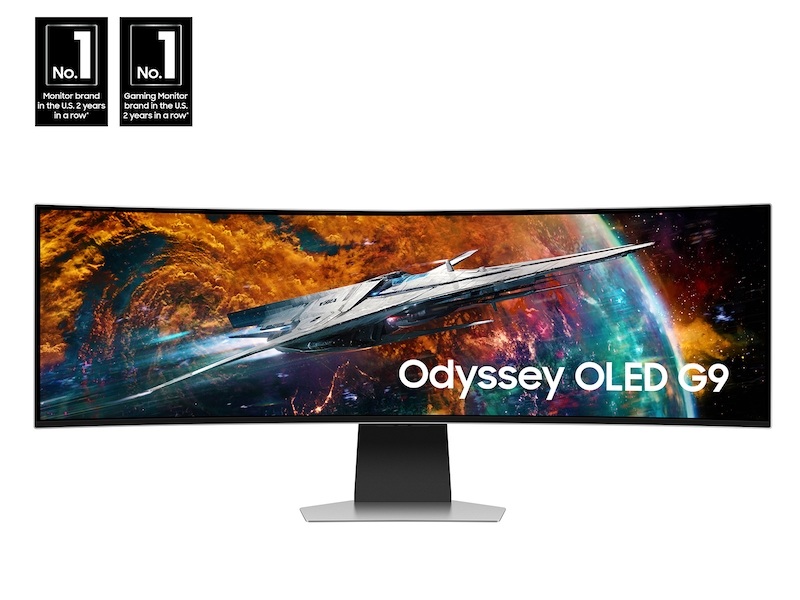Index Surge: Amplifying Your Insights
Stay updated with the latest trends and news across various industries.
The Secret Life of Gaming Monitors: More Than Just Pixels
Uncover the hidden features of gaming monitors that enhance your gameplay. Dive into a world beyond pixels and elevate your gaming experience!
Exploring Refresh Rates: How They Impact Your Gaming Experience
Refresh rates play a crucial role in determining the overall quality of your gaming experience. Measured in hertz (Hz), the refresh rate indicates how many times per second your monitor can redraw the image on screen. A higher refresh rate, such as 144Hz or even 240Hz, typically results in smoother visuals and increased responsiveness, which can make a significant difference in fast-paced gaming scenarios. Players, especially in competitive environments, often benefit from higher refresh rates as they reduce motion blur and enhance clarity, allowing for better reaction times and improved aim.
Furthermore, understanding the relationship between refresh rates and frame rates is essential. While a monitor with a high refresh rate can display more frames per second, if your graphics card can’t keep up, you might not see the full potential of your display. This disconnect can lead to issues like screen tearing. To optimize your gaming experience, gamers should aim for a balance where both the refresh rate and frame rate are aligned. Techniques like enabling V-Sync or using technologies such as G-Sync or FreeSync can help reconcile these two aspects, resulting in a more fluid and enjoyable gaming session.

The Color Spectrum: Understanding HDR and Its Importance in Gaming Monitors
The color spectrum plays a critical role in enhancing visual experiences, especially in the realm of gaming monitors. Understanding HDR (High Dynamic Range) is essential for gamers who want to maximize their immersion. HDR provides a broader range of colors and contrast levels compared to standard displays, allowing visuals to pop with greater authenticity. This technology not only elevates the aesthetic of games but also makes environments more realistic. For instance, while playing a game set at dusk, HDR captures the subtle gradients in the sky and the rich shadows cast by objects, making the virtual world feel more alive.
The importance of HDR in gaming monitors cannot be overstated. A monitor that supports HDR can display vibrant, lifelike colors, contributing to a more engaging gameplay experience. Players benefit from enhanced details in both bright and dark areas of the screen, resulting in better visibility and an edge in competitive gaming. Furthermore, the adoption of HDR is becoming standard in modern gaming consoles and PC hardware, making it increasingly necessary for gamers to understand and invest in monitors that support the full color spectrum. Ultimately, embracing HDR technology is not just about aesthetics; it's about improving overall performance and enjoyment in gaming.
Gaming Monitors Uncovered: What Features Truly Elevate Your Setup?
When it comes to gaming monitors, the features that truly elevate your setup go beyond mere screen size. Resolution is crucial; a higher resolution like 4K offers stunning visuals that enhance immersion during gameplay. Additionally, refresh rate plays a vital role, with monitors boasting rates of 144Hz or higher providing smoother motion. A low response time is equally important, as it minimizes lag and ghosting effects, ensuring that every movement is accurate and crisp.
Furthermore, consider the panel type when selecting a gaming monitor. IPS panels provide excellent color accuracy and wide viewing angles, making them ideal for visually intensive games. In contrast, TN panels generally offer faster response times but may compromise on color reproduction. Don't overlook additional features such as adaptive sync technologies, including G-Sync and FreeSync, which help eliminate screen tearing and ensure a seamless gaming experience. These key elements collectively contribute to a gaming monitor that truly enhances your overall setup.